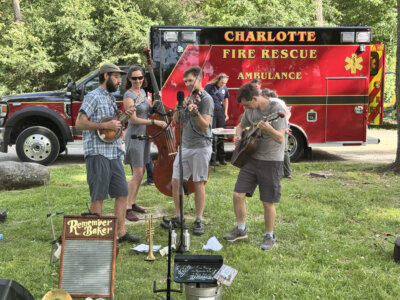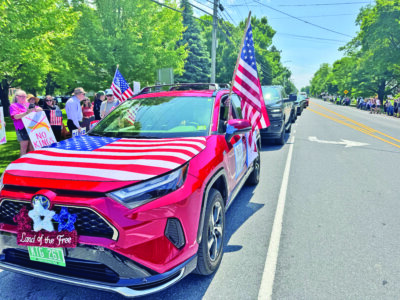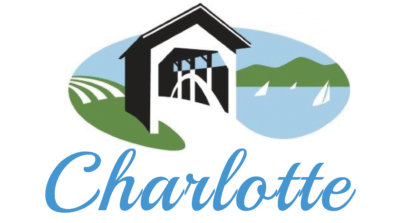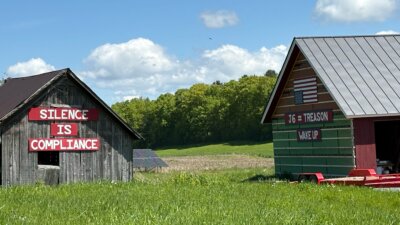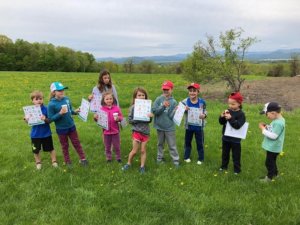Ensuring broadband access
Tired of slow streaming or spotty cell service? There is now a way to check and report correctly if you have broadband — and accuracy matters — there’s millions of dollars of public funding at stake.
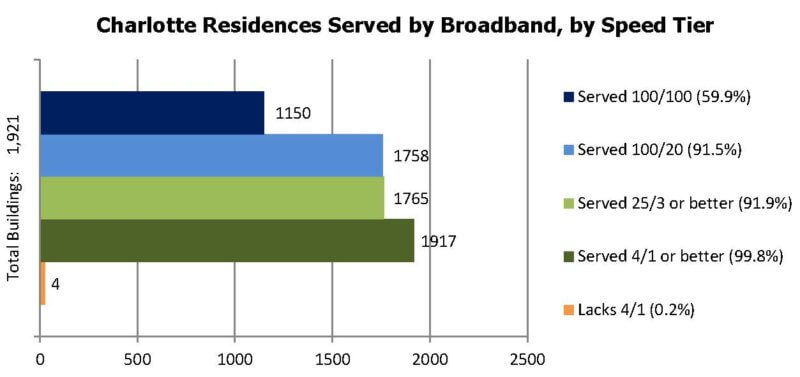
Reviewing your details on the Federal Communications Commission Broadband Map is fairly straightforward. Type in your address and you receive a list of service providers. If any of the information is incorrect, the Federal Communications Commission has links to a form to submit a “location challenge” or “service availability challenge.”
Once the form is submitted, you receive an email response shortly thereafter. Once the Federal Communications Commission notifies the provider, they have 60 days to respond to the challenge and 30 days to update the map. The Federal Communications Commission also provides step-by-step videos on how to submit a challenge.
For example, I submitted an availability challenge for my address on Nov. 22, which listed several internet and cellular broadband providers. More than half of them, including Comcast, Hughes Network, Starlink and VTel do not service my forested address. I received the first of several messages stating my “challenge was under review.” A week later the Federal Communications Commission notified the provider of the challenge and on Dec. 27 I received the first result of my submitted challenges. “The provider… has conceded the challenge and is required to submit a correction.” And that’s it. The provider updates their entry on the broadband map.
In recent weeks Vermont state leaders, including former Sen. Patrick Leahy, Sen. Peter Welch and Christine Hallquist, executive director of the Vermont Community Broadband Board, have issued a call to action for Vermonters to review the broadband map, citing the need for accurate information.
“The map is missing or incorrectly lists the location of over 60,000 broadband-serviceable locations,” Hallquist said in a release.
What’s the urgency behind accurate information? The updated broadband map will be used for state allocations of federal funding for high-speed internet access.
Federal allocations of funding from the Broadband Equity, Access and Deployment program provided a minimum of $100 million to each state for high-speed internet. In addition, states are required to match 25 percent, which is mostly coming from prior pandemic funding like the American Rescue Plan Act. And then there is the remaining pot of $37.1 million, which will be allocated in June to states with underserved areas — based on the broadband map. The time frame is short — challenges will be accepted until this Friday, Jan. 13.
In December the Department of Commerce’s National Telecommunications and Information Administration also announced that Vermont is receiving $5.5 million in funding from the Bipartisan Infrastructure Law, to plan for the deployment and adoption of affordable, equitable, and reliable high-speed internet service throughout the state.
So where does Charlotte fall in all of this? The Vermont Department of Public Service Broadband Deployment map at tinyurl.com/5j2rzmfd shows that 59.8 percent of Charlotters, or 1,150 households, are being served speeds of 100/100 mbps. (An upload speed of 100 megabytes per second and 100 megabytes per second on download.). The bulk of Charlotters, 91.5 percent (1,758 households), are being served speeds of 100/20 mbps or better.
Is this information true for your household? If not — submit your broadband map challenge.
Broadband is still a town hall topic, however town administrator Dean Bloch acknowledged progress is slow.
Nearly a year ago last January, members of the selectboard voted to approve almost $44,000 of town American Rescue Plan Act funds (3.5 percent of total allocation) to be matched by the Vermont Community Broadband Board for fiber buildout in Charlotte. Bloch said the money has been pledged but not disbursed yet.
In October, the Vermont Community Broadband Board announced it approved $26.5 million dollars in Act 71 construction grant awards for buildouts in underserved communities, including a portion awarded to Waitsfield and Champlain Valley Telecom which is “adding a full buildout in the town of Charlotte.”
When he was state representative Mike Yantachka supported the bill creating Act 71, and current state Rep. Chea Waters Evans said broadband was also on her radar.
Kurt Gruendling, vice president of marketing and business development at Waitsfield and Champlain Valley, said approximately 70 percent of customers are currently served by fiber, with approximately 745 addresses left to build and convert from copper to fiber.
“Because of the higher amount of buried construction required, this project is coming in significantly higher than our original estimates,” said Gruendling. The cost of the remaining buildout is estimated at $3.2 million.
Gruendling said fiber is already available to a large portion of Charlotte. He listed the following areas as complete: most of Route 7 from Lime Kiln Road south, Dorset Street, Spear Street and Mt. Philo Road (south of Hinesburg Road), the majority of Lake Road (Town Beach south to Converse Bay Road), the Cedar Beach area and Wings Point.
“Higbee Road is being spliced now and fiber service will be available there shortly,” Gruendling said. The remainder of the buildout is in the final stages.
In the remaining days, check the accuracy of broadband information for your address on the broadband map.
“The best thing for people to do if they don’t have access, or can’t get service, is to make a note of that,” Yantachka said.
Related Stories
Popular Stories
If you enjoy The Charlotte News, please consider making a donation. Your gift will help us produce more stories like this. The majority of our budget comes from charitable contributions. Your gift helps sustain The Charlotte News, keeping it a free service for everyone in town. Thank you.
Andrew Zehner, Board Chair





